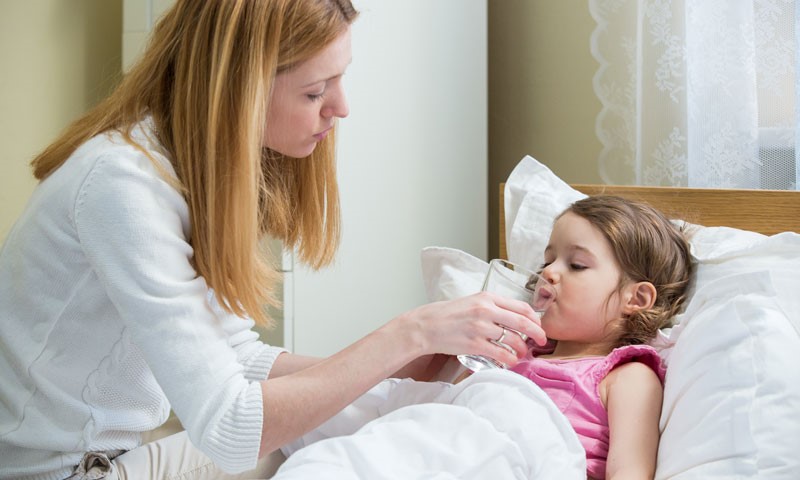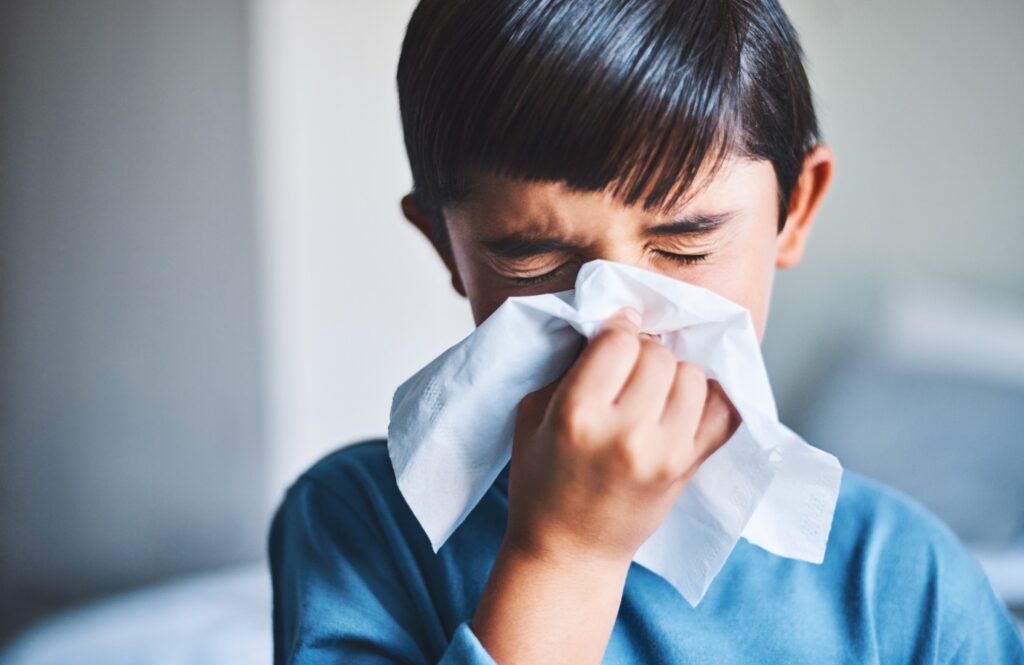Endometriosis is a chronic condition that affects about 1 in 10 women during their reproductive years. Despite being relatively common, it often goes undiagnosed or misdiagnosed, leading to prolonged pain and infertility. We will be discussing what endometriosis is, its symptoms, diagnosis, treatment, and the most common myths associated with it.
What is Endometriosis?
Endometriosis is a condition that arises when the tissue that lines the uterus, called endometrium, grows outside the uterus, such as on the ovaries, fallopian tubes, or other organs in the pelvic area. This tissue responds to hormonal changes and bleeds during menstruation, causing inflammation, pain, and adhesions that can lead to infertility. It can affect women of any age, but it is commonly diagnosed in women in their 30s and 40s. Endometriosis has been found to have a familial tendency, meaning it is more common in some families.
Symptoms of Endometriosis
Pelvic pain is a common endometriosis symptom, ranging from mild discomfort to severe cramps that interfere with daily activities. The pain starts before menstruation by 1-2 days, maximizes during the first day then is relieved gradually ( crescendo pain) after menstruation. Endometriosis can lead to deep painful intercourse. Also, pelvic pain might occur upon bowel movements or urination. Other symptoms may include heavy or irregular periods, fatigue, bloating, nausea, and infertility. However, some women with endometriosis may have no symptoms, which might delay diagnosing the condition accurately.
Diagnosis of Endometriosis
Diagnosing endometriosis can be challenging, as there is no definitive test for the condition. The diagnosis is usually made based on a combination of medical histories, physical examination, and imaging tests, such as ultrasound or MRI. Laparoscopy, a surgical procedure in which a small camera is inserted through a small incision in the abdomen, may be necessary to confirm the diagnosis and determine the extent and location of endometrial tissue.
Treatment of Endometriosis
The treatment of endometriosis depends on the severity of symptoms and the extent of the condition. Pain relief can be achieved through over-the-counter or prescription pain medications, hormonal therapies, such as birth control pills (continuous use without a break), the new generation of progesterone pills, or gonadotropin-releasing hormone (GnRH) agonists or antagonists, which suppress ovarian function and reduce endometrial growth. In severe cases, surgery may be necessary to remove the ovaries’ endometrial tissue, adhesions, or endometrioma cysts. In some cases, infertility treatments, such as in vitro fertilization (IVF), may be necessary to achieve pregnancy.
Myths about Endometriosis
There are many myths and misconceptions about endometriosis that can lead to delayed or incorrect diagnosis and treatment. Let’s debunk some of the most common ones.
Myth 1: Endometriosis is just bad period pain.
Fact: While pelvic pain is a common symptom of endometriosis, the condition is much more than just bad period pain. Endometriosis can cause chronic pain and infertility and can affect multiple organs in the pelvic area.
Myth 2: Endometriosis only affects women who have never given birth.
Fact: Endometriosis can affect any woman of reproductive age, regardless of whether she has given birth or not.
Myth 3: Endometriosis can be cured with surgery.
Fact: While surgery can remove endometrial tissue, it does not cure endometriosis. The condition can recur after surgery, and ongoing medical treatment may be necessary.
Myth 4: Endometriosis is rare.
Fact: Endometriosis is a common condition that affects approximately 176 million women worldwide.
An insight from mamahood
Endometriosis can have a significant impact on a woman’s quality of life, especially for those who are trying to conceive. According to the American Society for Reproductive Medicine, about 30 to 50 percent of women with endometriosis have difficulty getting pregnant. The condition can also affect a woman’s mental health and marital relationships.
As a mom with endometriosis, it can be challenging to balance the demands of motherhood and the physical and emotional toll of the condition. It’s important to seek support from family, friends, and healthcare providers, and to prioritize self-care, such as getting enough sleep, eating a balanced diet, and practicing stress-reducing activities like yoga or meditation.
Endometriosis is a complex condition that requires ongoing management and treatment. While there is no cure for endometriosis, there are many options for pain relief and infertility treatments that can improve the quality of life for women with the condition. By debunking the myths and increasing awareness of the condition, we can help women get the care they need and deserve








